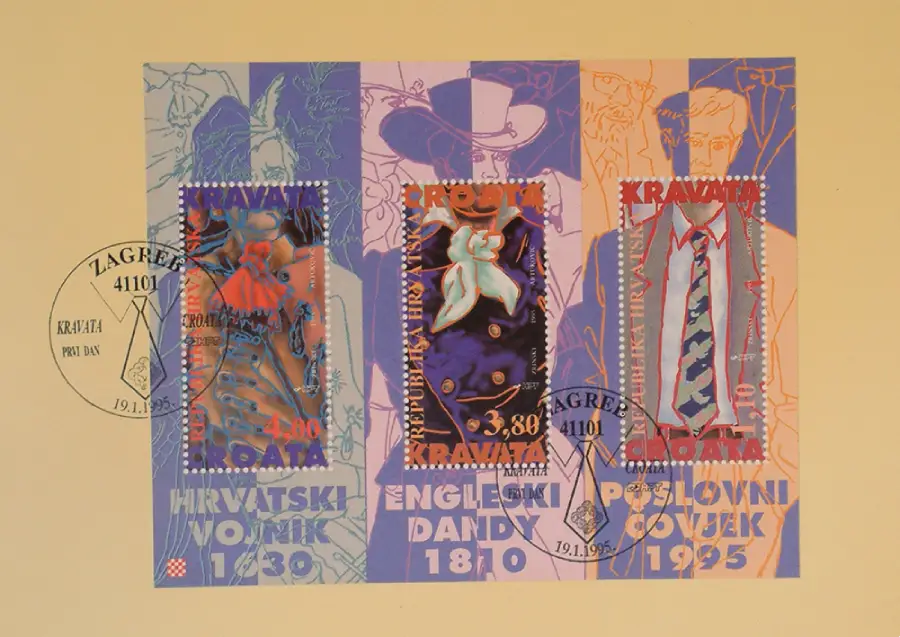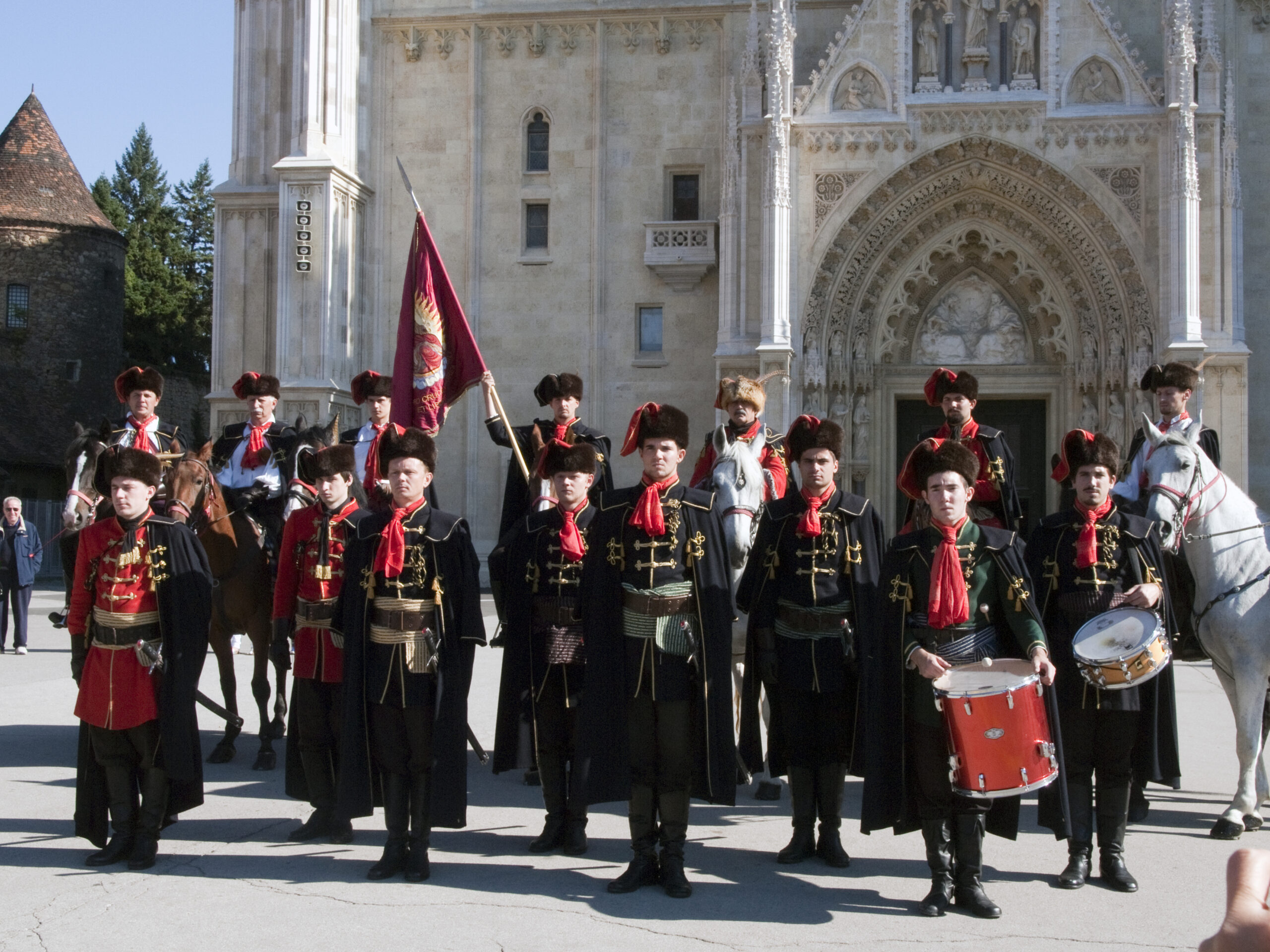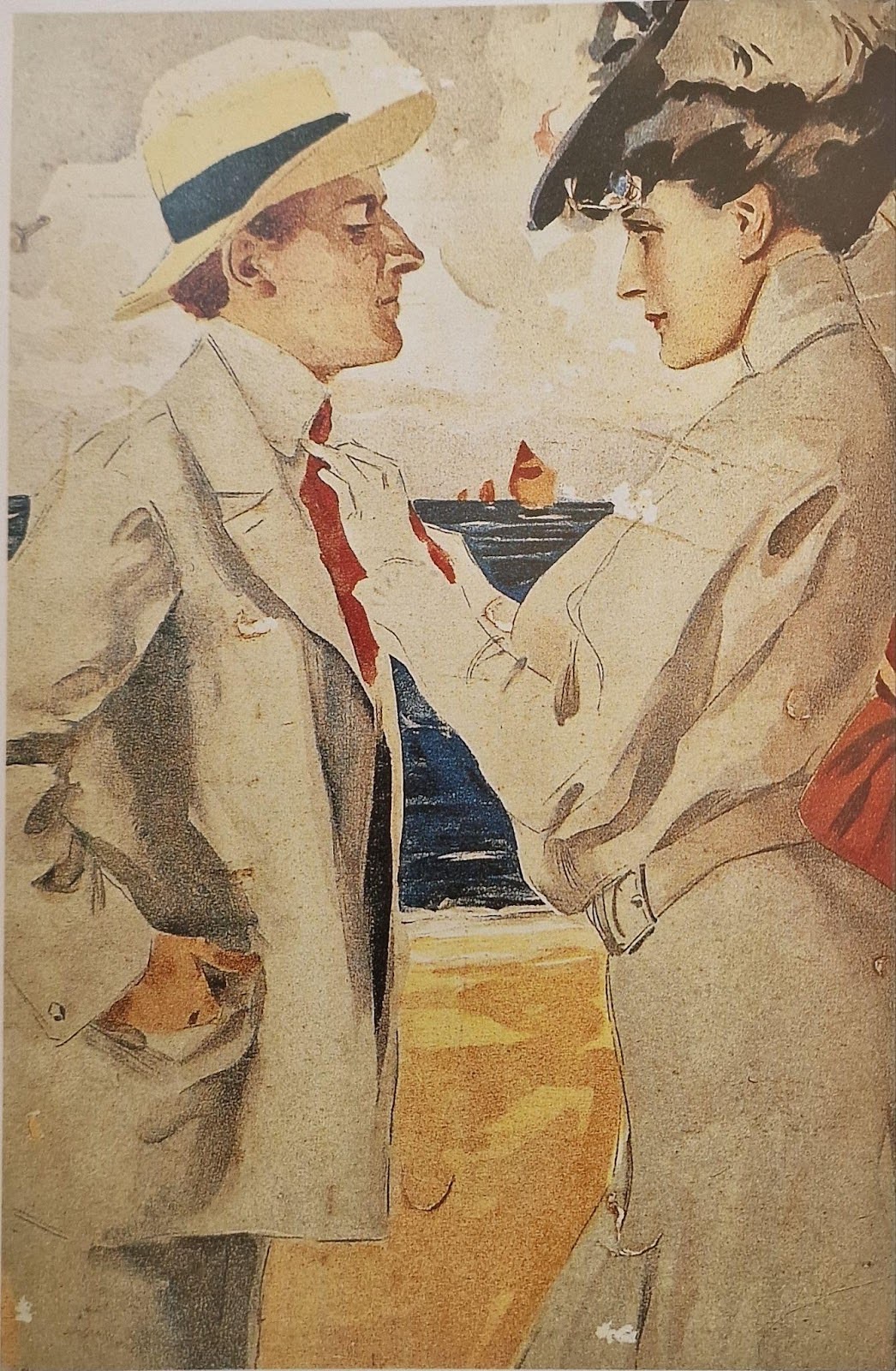Once a symbol of middle-class convention and hierarchical values, the tie has undergone significant shifts in perception since the 1960s. During a period of cultural and social upheaval, it was often seen as a sign of forced conformity to hierarchical rules. At that time, many men wore the tie reluctantly, viewing it as an obligation within business and political circles.
In the atmosphere of social resistance during the 1960s, the tie experienced a decline in popularity, and its near disappearance from everyday attire was welcomed as a symbol of freedom and rebellion. However, in the 1970s, the tie recovered from its “ideological demonization” and regained its role as an ornamental item, worn without resistance.
Aesthetics over Function
Today, the tie serves less and less of a social or functional role and increasingly acts as a fashion statement of individuality. Jacques Laurent described its modern status as an accessory no longer bound by social ambition or rules, but rather an expression of style and freedom of choice. Where it was once a symbol of conformity, it is now seen as a form of personal style and enjoyment.
Ties today are more frequently associated with the pleasure of self-presentation and stylistic expression. The male wardrobe, known for its simplicity, offers little room for creativity — and the tie remains one of the few details that allow men to add a personal touch.
The Tie as a Symbol and Artistic Medium
The symbolic value of the tie dates back to the 19th century, when different types of knots were believed to express the temperament of the wearer. The writer Honoré de Balzac attributed meanings to different styles: the cravate mathématique expressed rationality, while the cravate Byron symbolized a romantic spirit. Meanwhile, the black tie — once associated with the military and mourning – became a means of expressing political and social messages, such as liberal ideas.
The contemporary tie is no longer just a piece of clothing – it is “poetry” expressed through color, pattern, and design, becoming a metaphor for the wearer’s personality. In this sense, the tie stands out as a symbol of freedom, creativity, and identity in a world where it is often the only permitted “sartorial luxury” for men.
As a “useless” object, the tie has gained symbolic power. It is not merely a strip of fabric, but a medium for expressing aesthetics, ideology, and character. And so, despite predictions of its disappearance, the tie remains a vital element of men’s fashion and social communication.












